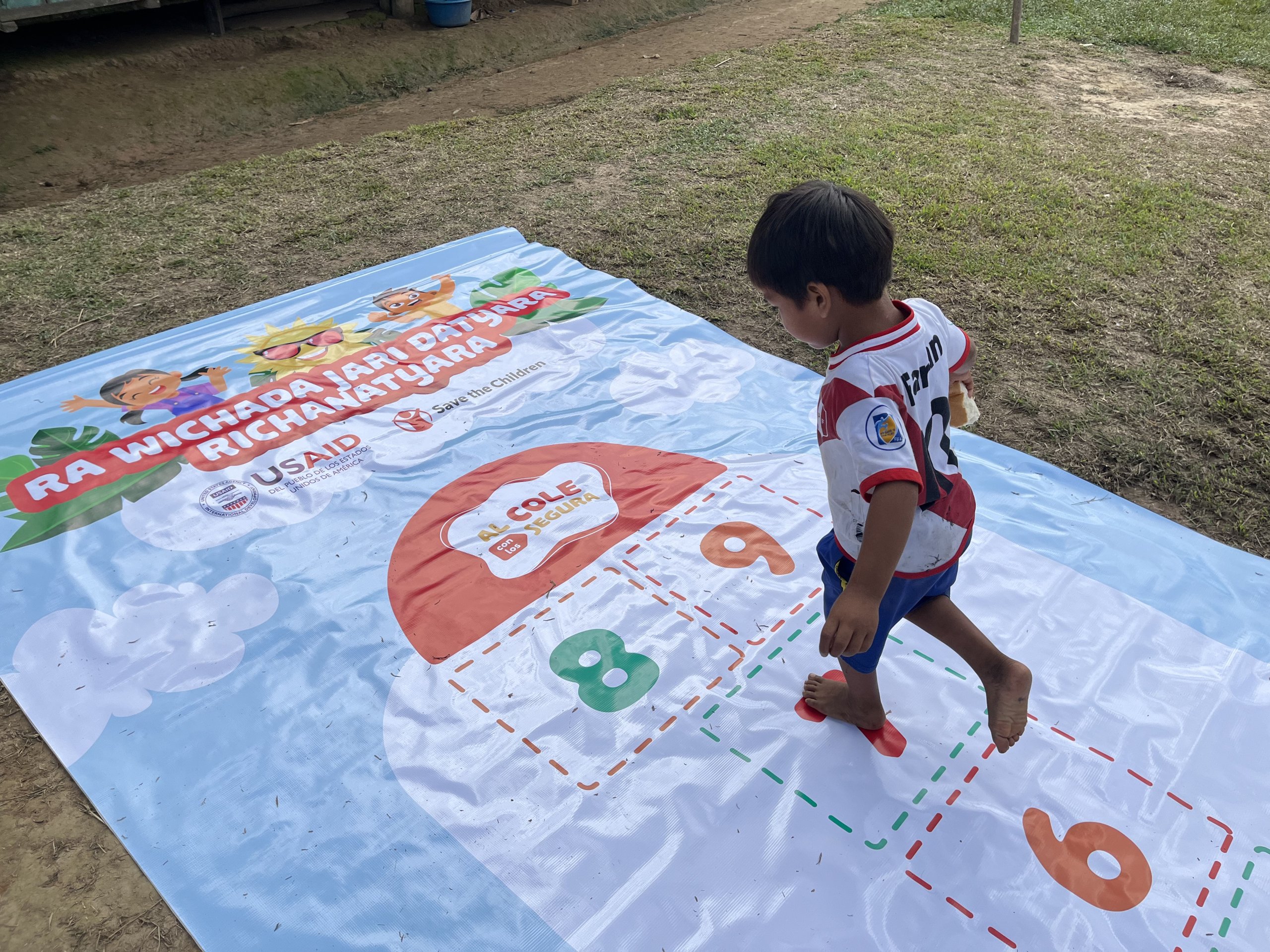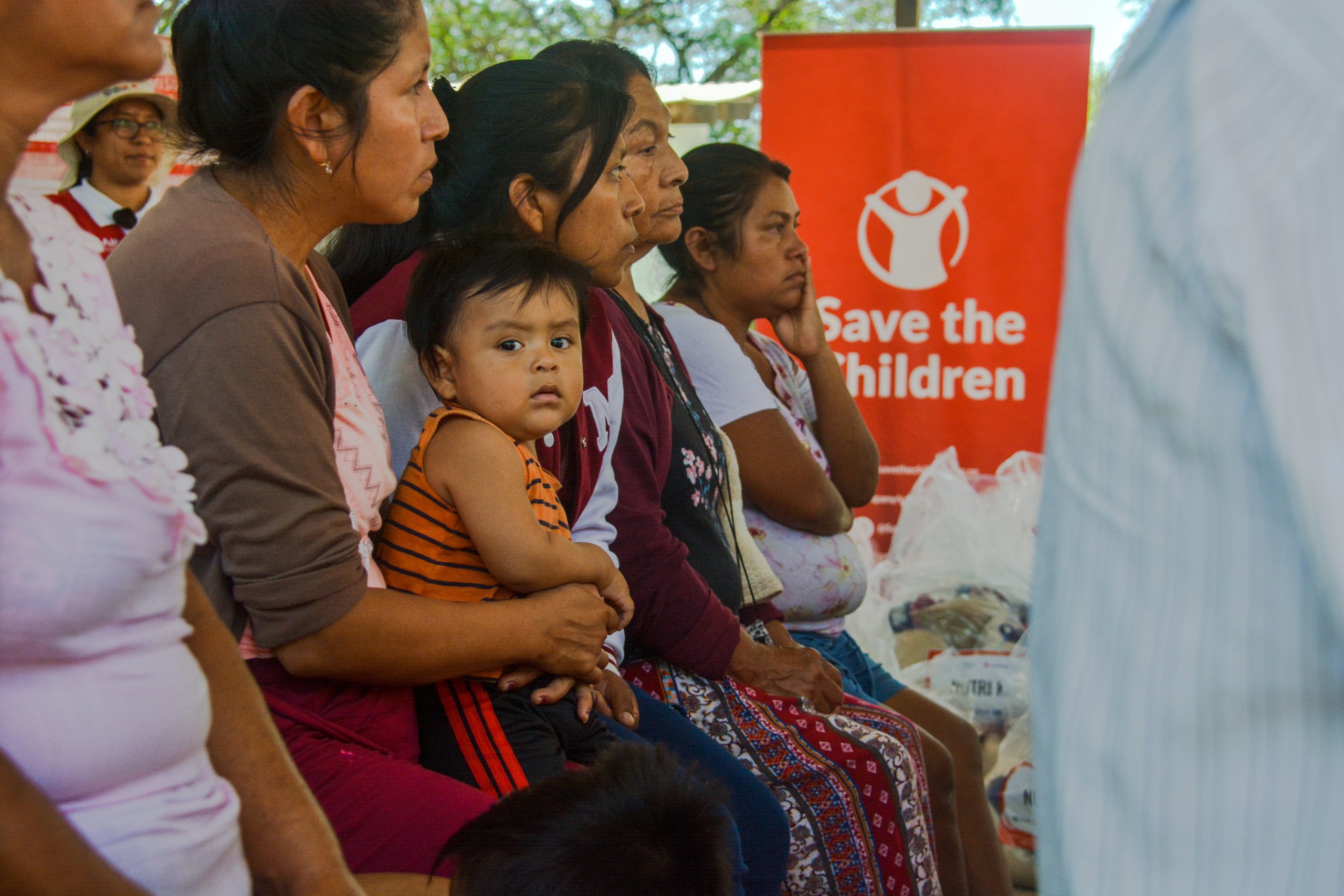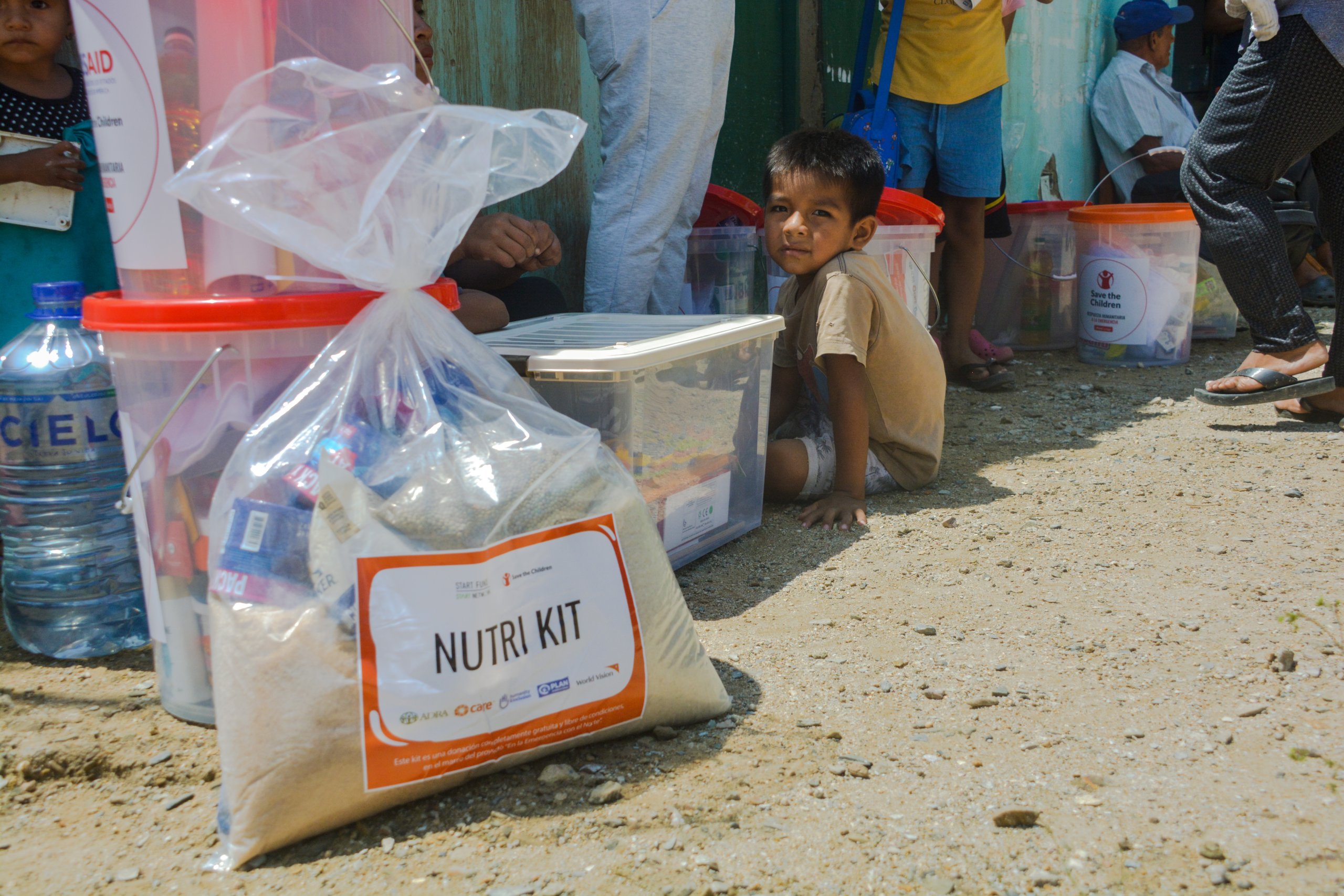El Niño phenomenon: five ways in which the climate emergency will affect the rights of children in Peru
The ongoing El Niño phenomenon, whose onset has been confirmed by the World Meteorological Organization (WMO), is warming parts of the ocean Equatorial Pacific and Peru is expected to endure various extreme weather events next summer, such as heat waves and heavy rains. In this scenario, many children’s rights are seriously threatened.
As is the case in Peru, the increase in temperatures around the world threatens the realization of children’s rights, as it endangers their health, keeps them away from school and increases their concern for the future.
During 2023, our country has already seen how the most vulnerable children suffer the consequences of phenomena such as Cyclone Yaku and Niño Costero, which in addition to rains, floods and Huaicos created the conditions to worsen the epidemic of dengue in the country.< /p>
“Children and adolescents around the world are now being affected by the climate crisis. Heat waves make them sick, prevent them from learning and leave them hungry. We need urgent action against climate change , and children and adolescents must be at the center of them,” said Kelley Toole, Global Head of Climate Change at Save the Children.
These are five ways in which heat waves, rains and floods are affecting the rights of children and adolescents around the world, including Peru:



- Health effects
Children and adolescents exposed to extreme heat are at greater risk of respiratory diseases, kidney disease, fever and electrolyte imbalances, which can alter a series of critical functions, such as cardiac and neurological ones, according to a study in the journal The Lancet. They can also suffer from severe dehydration, exhaustion, and heat stroke.
According to figures from the Ministry of Health, compiled by the Group for the Concerted Monitoring of Health Policies of the Mesa de Concertación para la Lucha contra la Pobreza (MCLCP), during 2023 there have been reported 869,304 episodes of acute respiratory infections, a figure that exceeds the 713,495 cases in 2022. Recently, this group of civil society called for a declaration of health and nutrition emergency in Peru.
- Learning interrupted
Recent heat waves have caused school closures around the world. In Peru, the rains recorded at the beginning of 2023 forced the start of the school year to be delayed. More than 800 schools suffered infrastructure damage. Later, due to the dengue epidemic, some jurisdictions in northern Peru returned to virtual education due to the proliferation of the mosquito that transmits this disease.
In addition to limiting the increase in temperatures, Save the Children International says that the authorities must adapt schools and other educational facilities to withstand heat waves and include climate education in the plans study.
- Hunger
Around the world, extreme weather events cause crop failures and the death of livestock, a reality that hinders access to food for millions of children, adolescents and families. This situation worsens due to the rise in prices for everyone, as has also happened in Peru.
The rains and floods recorded at the beginning of the year have worsened the severe situation of food insecurity that already existed in the country, especially in northern Peru. According to the United Nations Office for the Coordination of Humanitarian Affairs (OCHA) , 506,975 new people are experiencing food insecurity as a consequence of the climate emergency. Of this total, 73,760 people (equivalent to 28,202 families) are in a situation of severe food insecurity.
In addition, according to figures from INDECI, this emergency has caused the loss of 74,163 hectares of crops and more than 97,061 animals, impacting the availability of food for the affected families.
- No access to game
Weather events force children to stay at home or, in emergencies, in shelters where they may feel cooped up, alone, and unable to perform activities critical to their physical and mental development, such as playing with friends and to do physical exercise. This can also pose protection risks for them.
- Mental health
Hot summer days increase the number of people experiencing mental health emergencies, according to new research. Even observing the development of the climate emergency from a distance takes its toll on the mental health of children and adolescents around the world. A study published in The Lancet magazine revealed that more than 45% of children and adolescents in 10 countries stated that their feelings about the climate crisis negatively affected their daily lives and functioning.
DATA
- According to the study Born into the Climate Save the Children Crisis, produced in collaboration with the Free University of Brussels, boys and girls born in 2020 will face to an average of heat waves seven times higher than that of their grandparents.
.png)




